The presence of a very interesting, newly discovered object has been announced.
A11pl3Z was captured on July 2nd by the Deep Random Survey remote telescope in Chile.
It is now known as Comet C/2025 N1 (ATLAS), (or 3I) although it doesn’t exhibit any cometary activity.
This object is particularly noteworthy because it has a very eccentric orbit.
It could be only the third known interstellar visitor to our solar system, following Oumuamua (in 2017) and Comet 2I/Borisov (in 2019).
They know this because its high speed and extremely elongated orbit, which brings it within our solar system, means that it is not captured by the Sun.
It will approach the Sun to just within the orbit of Mars, then carry straight on out again.
It travels about 240,000 km/h and is estimated to be about 10 – 20 km in diameter.
A11pl3Z is currently at +18th magnitude, and moving slowly along the border of the constellations Serpens Cauda, Ophiuchus and Sagittarius.
It’s not far from Messier 23, passing north of that open star cluster over the next few days.
This will be a challenge from the UK, but I will gave it a go on the 3rd of July, just because. 😁
You don’t try, you don’t get. But I cannot see anything, but wasn’t 100% certain I was pointing the scope at the correct position.
The image below shows the planetarium plot showing its predicted position and my image from the 3rd of July.
The faintest stars shown in the planetarium program are almost 16th magnitude.
My image captured many more faint stars, so I hoped the object would be visible. 😒
BUT WAIT!!!
Working on my images this morning (5th July 2025) I MAY have caught it.
You can (JUST) see something flicking backwards and forwards in my two images right in the centre.
(Ignore the very small pixels dancing about).
Very tenuous, I know, but I took that as a small win, initially!
Update.
I keep looking at the original images and flicking between them, and I’m a lot less convinced now.
Maybe next time?
I tried again on the 12th of July, but again failed miserably. 😒
I managed to get the Schools’ Observatory to take some images of it on the 22nd of July.
The images were taken at 23:14:16, 23:16:26 and 23:18:37 UT.
The animation I made from the images is below.
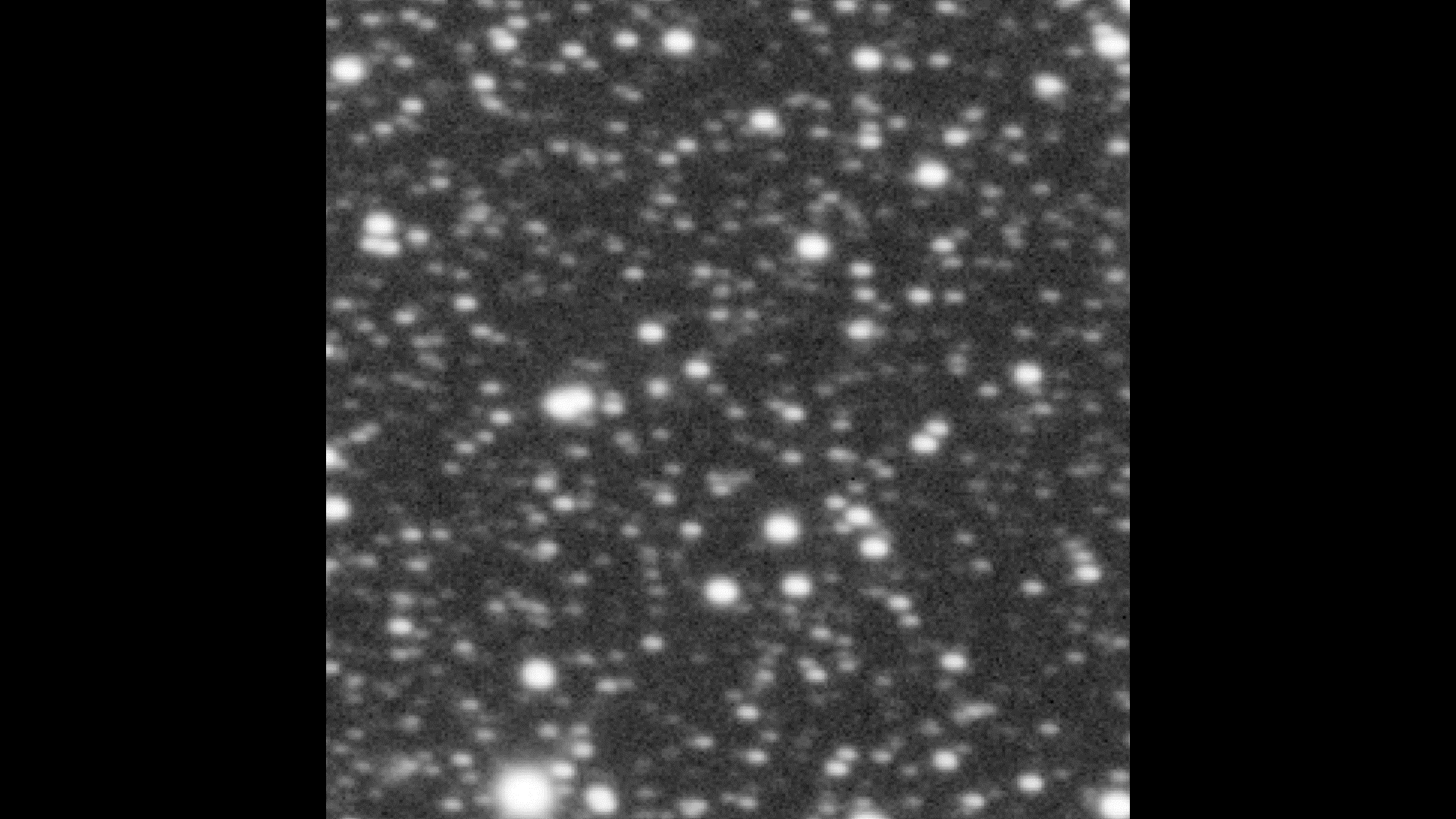
As I packed up (4th July), I obtained some preliminary orbital elements to incorporate the object into my C2A planetarium program.
It shows the object should have been in my images, as the scope pointed at the correct part of the sky.
Maybe it was just too faint for me yet? But that’s not going to stop me from trying again.
The bright Moon will be interfering quite a lot now until after the middle of July.
I have included the orbital elements below (updated on the 8th July) so you can do the same.
You can also generate an ephemeris using the Horizons Web site.
https://ssd.jpl.nasa.gov/horizons/app.html#
Add C/2025 N1 (ATLAS) from the body list.
I tried to capture it again on the evening of the 8th of July, but still no sign of it moving, despite the telescope pointing at the pattern of stars I expected from the position shown in my planetarium programs.
A11pl3Z is currently slightly inside the orbit of Jupiter, but on almost exactly the opposite side of the Sun, and headed toward the Sun.
It will make its closest approach in October 2025.
It will become brighter, depending on where it is in the sky at that time.
I’ve now heard that it will only reach +14th magnitude in October when it reaches perihelion.
It will be moving through Libra and Virgo, so it will be difficult, if not almost impossible, to capture. 😒
Towards Christmas, as it gets into Leo, when at its closest to Earth, there may be a few better opportunities to capture it in the early morning Eastern sky, not far from Leo.
Here’s the map of its path in the early morning sky during December. Click on the map for a larger view.
This is an actively developing astronomical story, with observations continuing as the object approaches the inner solar system.
Is it a comet or an asteroid-type object?
Unlike the previous two interstellar visitors, A11pl3Z appears to have different orbital characteristics, distinguishing it from Oumuamua and Comet Borisov. However, scientists are still gathering data to determine whether it’s a comet or an asteroid. Update 7th July 2025. It appears to have a thin coma and short tail, so it looks like a comet.
I’m not sure if the orbit has yet to be clearly defined. If not, the path may change as details become clearer.
Good luck to those who have a go at it.
If you do, please let me know how you get on.

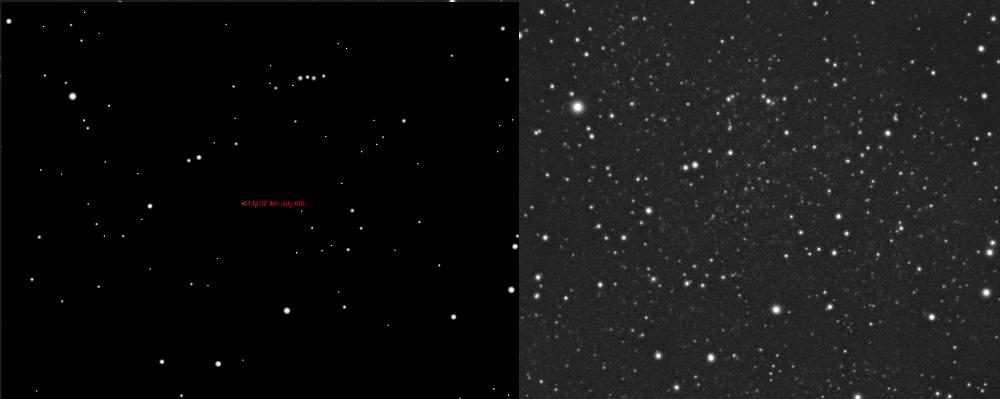
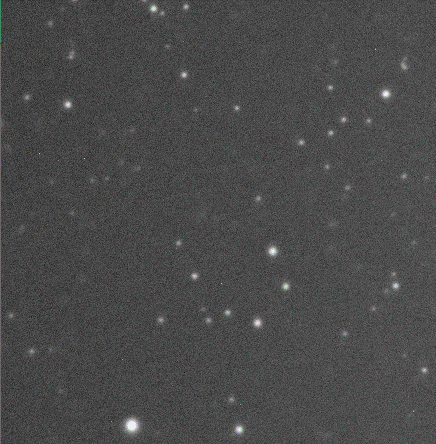
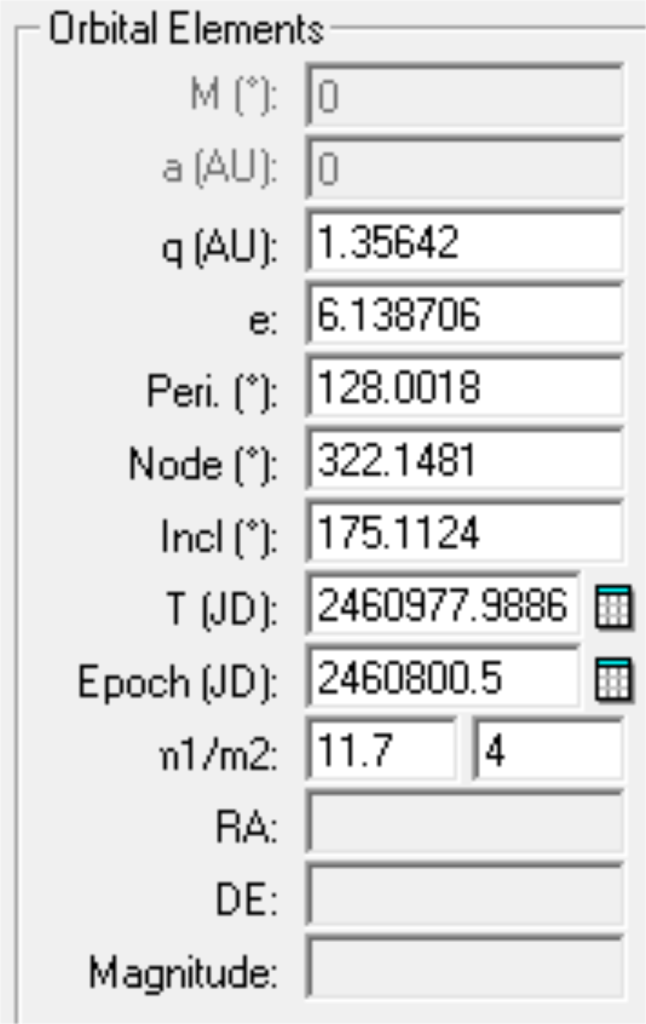
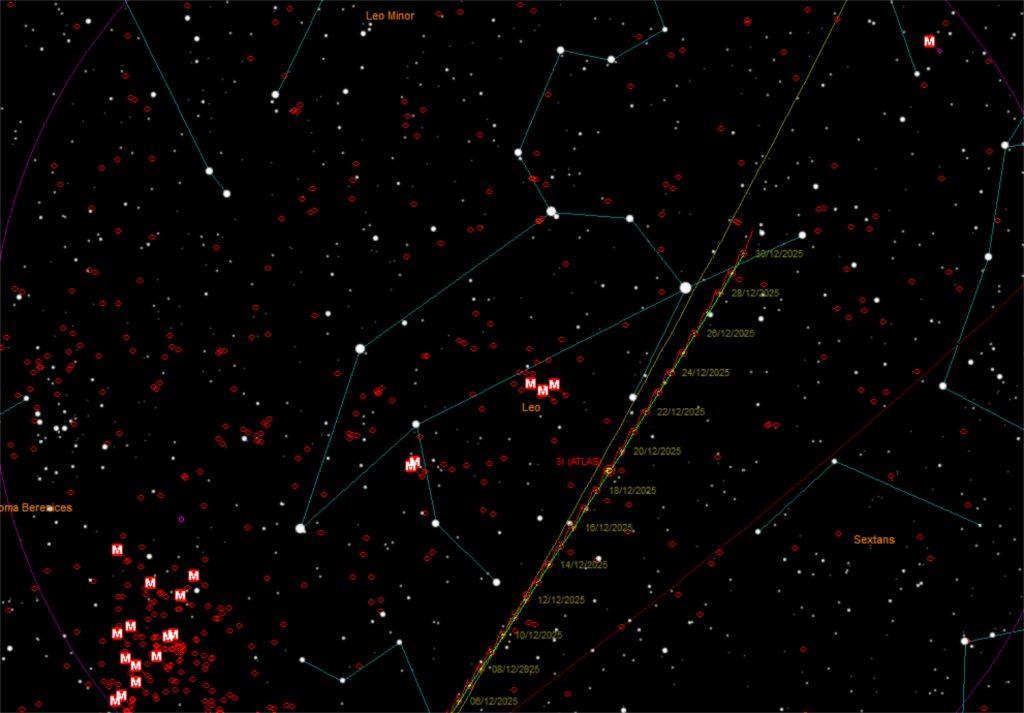
Thanks for the hard work on this Dave. I’ll be following your blog for the latest positional data as it nears us and brightens. I was very chuffed to image Pluto in Cap at mag. 15 last week from SW Germany.
Cheers Mark. It’ll be a bit brighter in October, but will be in Libra and Virgo then. 😒